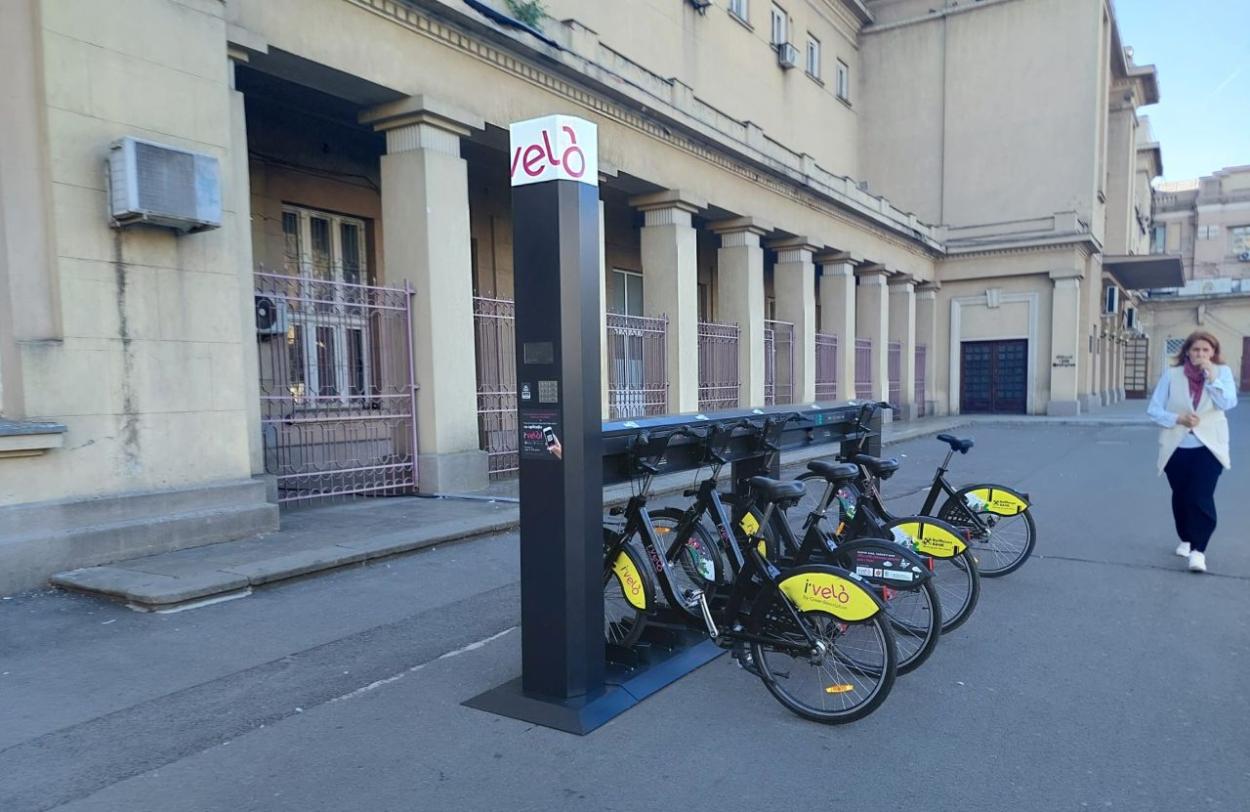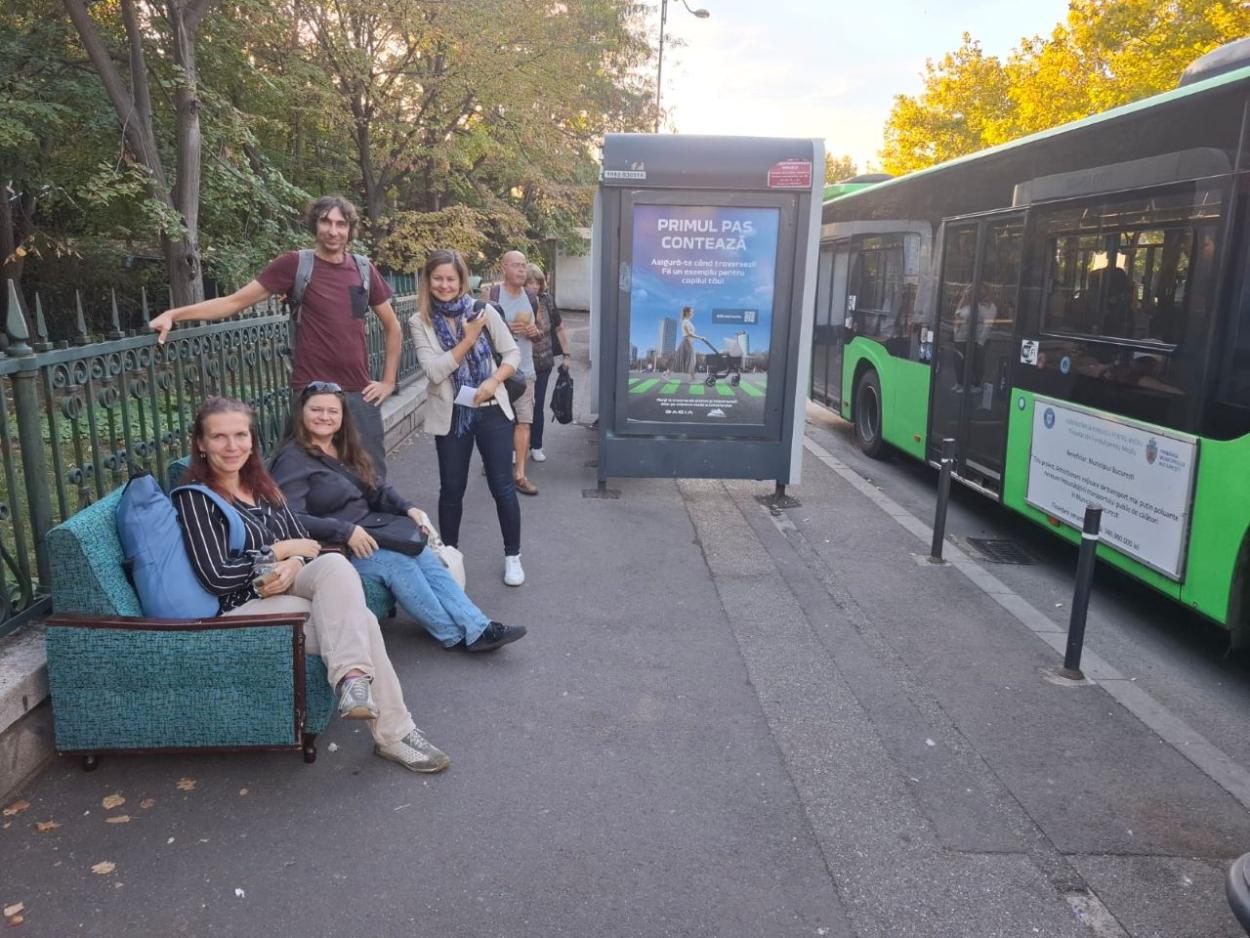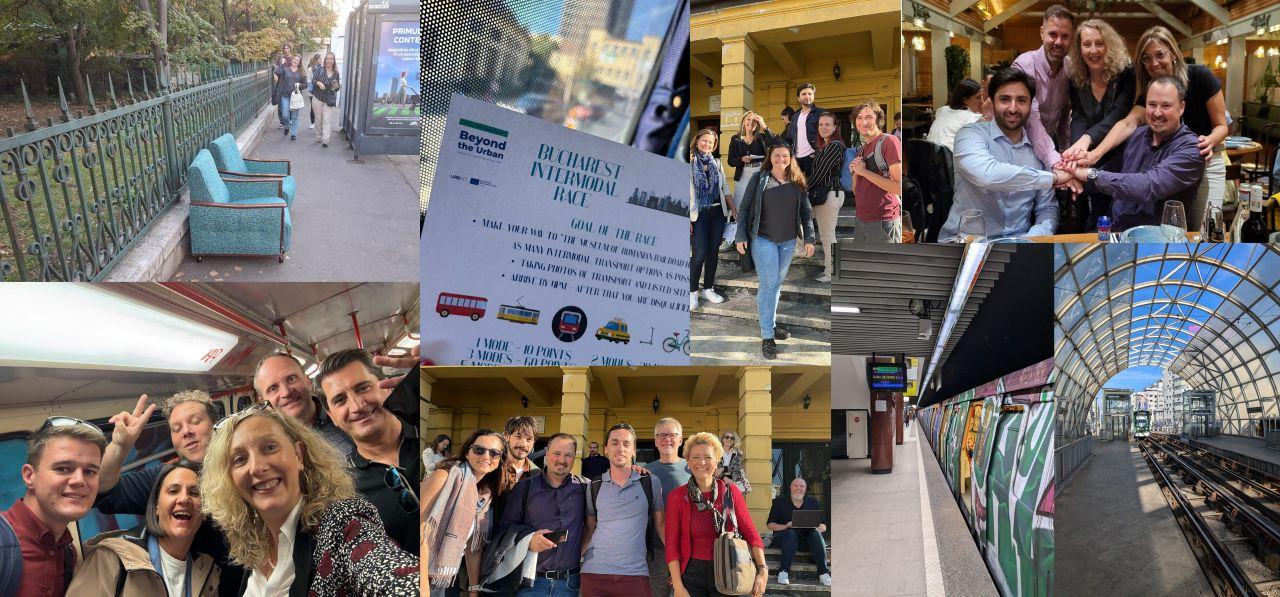The Game: A Mobility Adventure
Beyond the Urban is a partner network of the URBACT programme, a European Commission initiative that helps cities to develop an integrated set of actions for sustainable change. During a meeting of the partners, who came to Bucharest from across Europe, participants set out with the challenge of maximizing transport variety, scoring points each time they utilized a new mode or documented a feature relevant to Bucharest’s transit landscape.
From bicycles and scooters to buses, trams, and metro stations, the city’s diverse transport offerings became a playground. Teams captured photos of crucial infrastructure items—bike racks, electric charging stations, and intermodal signage—that are essential for an interconnected urban transit network. These checkpoints highlighted key themes such as real-time information, accessibility, and environmental sustainability, demonstrating how multi-modal transit serves as a backbone for vibrant, adaptable cities.
Beyond Points and Prizes: Bringing Beyond the Urban’s Mission to Life
Beyond the potential for winning a game, this process brought to life the core of Beyond the Urban’s mission: fostering sustainable, integrated, and accessible urban-rural environments. By moving from one transport mode to another, participants gained hands-on insight into the fluidity and accessibility of Bucharest’s transit options, from a park and ride location that is designed to take cars from those living outside the city, and thereafter making tangible connections to the potential of intermodal mobility in creating resilient communities.

The experience underscored the importance of adaptability, ease of transition, and the diversity of transport options as essential elements of an inclusive urban-rural landscape.
Lessons Learned: Transforming Mobility Experiences into Insights
This immersive experience highlighted several valuable lessons that Beyond the Urban’s partners can take back to their own cities:
1. The Power of Experiential Learning: The game transformed abstract concepts of mobility into tangible, memorable experiences. Teams experienced firsthand the fluidity and challenges of switching between modes, as well as the ease or barriers faced by the wider Bucharest – Ifov region’s dwellers each day. Such immersive learning can be an impactful method for local authorities wanting to inspire citizens and stakeholders to embrace sustainable transport solutions.
2. Visibility of Mobility Infrastructure: As teams hunted for specific infrastructure elements like electric chargers, tram stops, and real-time information screens, they became keenly aware of how visible—or hidden—these elements are to the average citizen. This exercise highlighted the importance of clear, accessible infrastructure and intermodal signage, emphasizing the need for cities to design transit spaces that are intuitive and welcoming to all.
3. Collaboration as a Catalyst: Teams quickly realized that strategizing together was crucial to maximize their points, effectively underscoring how collaboration, and diversity of perspective, is essential in transit planning. Inter-departmental and cross-sector collaboration are as vital as collaboration among travelers in achieving a functional intermodal system. This lesson resonates with URBACT’s goal of encouraging collaborative urban policies across Europe.
4. Flexibility in Transportation: The diversity of modes available encouraged participants to adapt quickly, choosing whichever mode best suited their immediate location and goals. Flexibility in transport is a valuable takeaway for cities looking to strengthen resilience in their networks, underscoring the benefit of providing citizens with multiple transit options, especially in times of disruption or peak demand.
Transferable Knowledge: Applying the Insights Across URBACT Cities
The game highlighted best practices and adaptable concepts that URBACT participants can implement in their own cities:
- Intermodal Wayfinding and Signage: Cities should invest in comprehensive, user-friendly intermodal signage to guide residents and visitors through various transport modes, making the transition seamless. Clear markers not only help commuters navigate but also support the adoption of lesser-known modes like bicycles or scooters.
- Technology and Real-Time Information: The game emphasized the need for accessible, real-time information about routes, schedules, and delays. Developing mobility apps and digital platforms that provide such data can enhance the convenience and attractiveness of intermodal travel, and encourage citizens to explore alternative transport options.
- Incentivizing Multi-Modal Choices: By setting point-based goals for each transport mode, the game demonstrated how incentives could encourage broader use of transit options. URBACT cities could adopt similar strategies by integrating rewards within ticketing systems or mobility apps, potentially offering discounts for multi-modal journeys, promoting a culture of sustainable and flexible transport usage.
- Public Engagement and Mobility Awareness: Hosting events like this game can spark public interest in multi-modal travel, serving as an awareness campaign for sustainable transport. Similar urban mobility games, adapted for a wider audience, could educate citizens on the benefits of intermodal transport, turning them into advocates for sustainable transit, and potentially establishing new patterns for their daily commutes.
A Shared Vision for Sustainable, Intermodal Cities
As participants crossed the finish line at the Transport Museum, the game proved itself to be more than just a race; it was a powerful vehicle for shared learning. Each step, each transport mode, and each checkpoint underscored the URBACT mission: building sustainable, inclusive, and resilient cities across Europe. With these lessons in mind, URBACT’s network of city partners is better equipped to turn intermodal visions into practical realities, creating more connected, accessible, and vibrant urban spaces across the continent.



